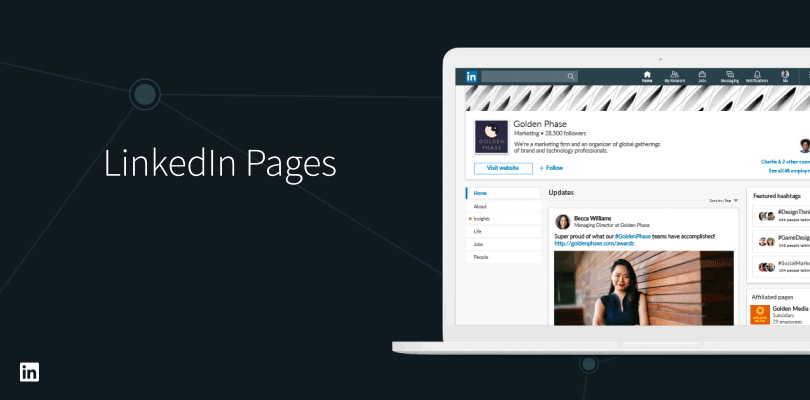2018 was a tumultuous year for social media. The Facebook algorithm shook up publishing habits for brand pages; Mark Zuckerburg, Jack Dorsey, and other social network executives faced congressional hearings; Twitter cracked down on millions of fake accounts; GDPR compliance rolled out across Europe; and we were all left wondering how to survive yet another breach of privacy or personal data hack.
The tech world is in a tailspin trying to figure out how global social media platforms can operate on a singular set of rules that will protect users, stop the spread of misinformation, and, you know, safeguard the legitimacy of democratic elections.
As new practices and policies pop up, the results rarely favor brands or businesses from a marketing perspective. Social publishers have noted significant decreases in organic reach, lower financial returns on their ad investments, and stagnated follower growth.
Many marketing agencies (Deph Digital Media included) are offering practical solutions: Focus on engagement! Increase your niche audience ad spend! Collaborate with influencers! But if we’re being totally transparent, these are temporary fixes to a much bigger problem.
In a recent episode of the podcast Recode Decode with Kara Swisher, Nicole Wong, who is a former legal director of products at Twitter and former senior compliance officer at Google, made an interesting observation about the shift in our online values. When Google began assembling the structure of the Internet as we know it today, they had three pillars of search:
Comprehensiveness – Users should have access to all of the information they could possibly want.
Relevance – When looking for specific information, or answers to questions, users should be delivered a pertinent response.
Speed – Responses should be generated quickly.
In the years since, Wong claims that social media has changed the way digital companies interact with their users. Their new principles consist of:
Personalization – As opposed to showing all available content, social algorithms provide users with information they believe the user wants to see, based off their interests and activity history.
Engagement – Rather than giving direct responses to queries or providing baseline data, social networks deliver content that is meant to keep users on their platform for longer periods of time.
Speed – Users still expect content and information to be delivered quickly.
If the past year has taught us anything, it’s what happens when social platforms are committed to these values. The consequences include woefully uninformed users, manipulative digital activities, and disastrous user experiences.
Somewhat naïvely, marketers have aided tech giants in building the crisis situation by not holding their content to higher standards.
Advertisers have, through overly broad interest-targeting, pushed promotional messaging under the guise of personalization. However, it is to the extent where users can’t pinpoint why they’re being shown certain ads, making the blind consumption of such media vulnerable to manipulation.
In order to expand their reach, publishers have flooded timelines with content that’s focused on virality with hopes of being re-shared and increasing engagements. Often, we’ve been guilty of trying to satisfy user cravings for instant communication by jumping into social conversations before having complete and accurate information, thus amplifying partial or inaccurate news.
Taking cues from Wong’s brainstorming session during the Recode podcast, here are three social content pillars that publishers should consider for 2019:
Accuracy – Content or information should be truthful, cited, and appropriate for the page’s audience.
Authenticity – Publishers should place quality over quantity and create content that users will resonate with, not simply react to.
Context – Due to the non-chronological nature of social, delivered content should be comprehensive and complete at all times.
Applying these values would not only impact a brand’s social output, but completely transformation typical marketing objectives. Companies would have to create super specific target audiences with the intention of building community, as opposed to increasing ROI. Link clicks would have to be earned by distributing wide-ranging and thought-provoking articles instead of late-breaking headlines that trickle out information in waves.
That may not sound like something content curators would want to get behind but, although monthly marketing reports may take a hit, studies show that 91% of customers value authentic social activity from brands they follow, with 63% of those customers likely to make purchases. If speed and virality has to take a backseat in order to reach those numbers, publishers are bound to concede.
Until that happens, or until social network executives take meaningful actions to fix their platforms, it’s up to the users and publishers. If all of the content online adhered to these standards, then perhaps fake news wouldn’t be an issue.






